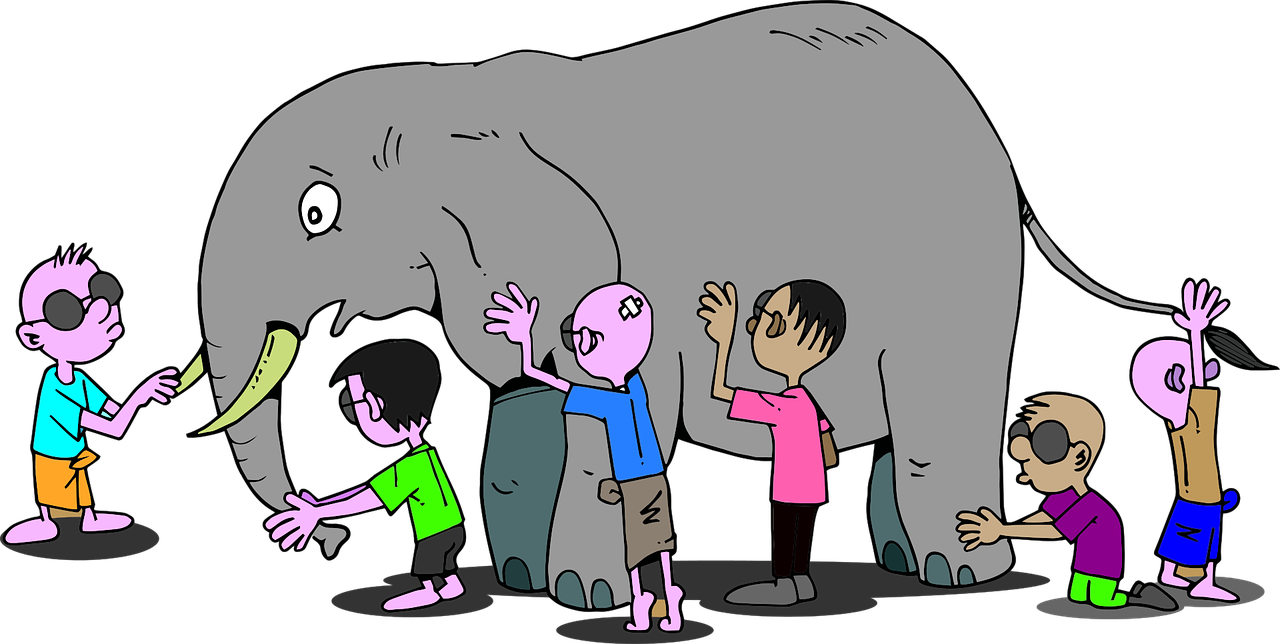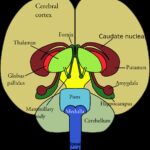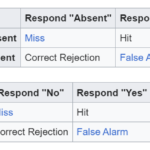Introduction
The human mind is a remarkable and intricate system that allows us to perceive and make sense of the world around us. Sensation, attention, and perception are fundamental processes that shape our understanding and interpretation of our surroundings. In this blog post, we will delve into the concepts of sensation, attention, and perception, exploring their mechanisms, factors that influence them, and the intriguing aspects of human perception.
Sensation: Thresholds and Signal-Detection
Sensation is the process by which our sensory receptors detect and respond to external stimuli. To understand sensation better, it is crucial to grasp the concepts of thresholds. The threshold refers to the point at which we can detect the presence of a stimulus. There are two significant types of thresholds:
1. Absolute Threshold: This is the lowest level of stimulus intensity required for detection. It represents the faintest sound we can hear, the softest touch we can feel, or the weakest scent we can smell. Absolute thresholds vary among individuals due to factors such as age, sensitivity, and experience.
2. Difference Threshold: Also known as the just noticeable difference (JND), this threshold represents the minimum difference between two stimuli that can be detected. For instance, we can notice when a sound becomes slightly louder or when a light becomes slightly brighter.
Signal-detection theory further explores the detection of faint signals amidst background noise. It suggests that the detection of a stimulus depends not only on the intensity of the stimulus but also on factors such as the individual’s response criterion, motivation, and the presence of distractions.
Attention: Factors and Characteristics
Attention is the cognitive process that enables us to selectively focus on specific stimuli while filtering out irrelevant information. Several factors influence attention, including:
1. Set: The mental predisposition or readiness to perceive particular stimuli. For example, if you are searching for your lost keys, your attention will be directed towards objects and areas associated with keys.
2. Characteristics of Stimulus: Attention is often captured by stimuli that possess characteristics such as novelty, intensity, movement, and contrast. These features tend to stand out and automatically grab our attention.
Perception: The Interpretation of Sensory Information
Perception involves the interpretation and organization of sensory information received from the environment. It is influenced by both biological factors and our past experiences. Some essential aspects of perception include:
1. Perceptual Organization: The brain organizes sensory information into meaningful patterns and forms. Gestalt principles, such as proximity, similarity, closure, and continuity, play a vital role in this process. These principles enable us to perceive objects as whole entities rather than disjointed elements.
2. Perceptual Defense: Perceptual defense refers to the tendency to protect ourselves from disturbing or threatening stimuli by distorting or ignoring them. Our perception can be influenced by emotional factors and past experiences, leading to selective filtering of sensory information.
3. Space and Depth Perception: Our ability to perceive the spatial relationships and depth of objects in our environment is critical for navigation and interaction. Cues like interposition, relative size, linear perspective, and texture gradient help us determine the distance and three-dimensional nature of objects.
4. Size Estimation and Perceptual Readiness: Our perception can be influenced by preconceived notions and expectations. For instance, objects that are familiar to us tend to be perceived as larger than unfamiliar objects. Moreover, our readiness to perceive certain stimuli, such as words or faces, affects our ability to detect them quickly.
The Plasticity of Perception and Extrasensory Perception
Perception is not a fixed process but rather a flexible and adaptive one. The brain possesses plasticity, which allows it to reorganize and adapt its perception based on changes in the environment or personal experiences. This plasticity is crucial for processes such as learning, memory, and recovery from sensory impairments.
Extrasensory perception (ESP) refers to the alleged ability to acquire information without the use of the known senses. While many claim to possess ESP abilities, scientific research has failed to provide consistent and conclusive evidence supporting its existence.
Culture and Perception: Shaping our Worldview
Culture significantly influences perception. Different cultures have varying beliefs, values, and practices that shape their members’ perceptual processes. Cultural factors such as language, social norms, and religious beliefs can affect how individuals perceive and interpret sensory information. Understanding cultural differences in perception is crucial for fostering cross-cultural understanding and communication.
Subliminal Perception: Unconscious Influence on Behavior
Subliminal perception refers to the processing of sensory information below the threshold of conscious awareness. While controversial, research suggests that stimuli presented below the conscious threshold can still influence our behavior and attitudes subtly. However, the extent and practical implications of subliminal perception remain a subject of debate and further investigation.
Conclusion
Sensation, attention, and perception are intricate processes that allow us to interact with the world around us. From the initial detection of stimuli to the interpretation of sensory information, these processes shape our understanding and experience. By understanding the thresholds, factors influencing attention, and the complexities of perception, we gain insights into the intricate workings of the human mind and the fascinating ways in which we perceive and make sense of our reality.







